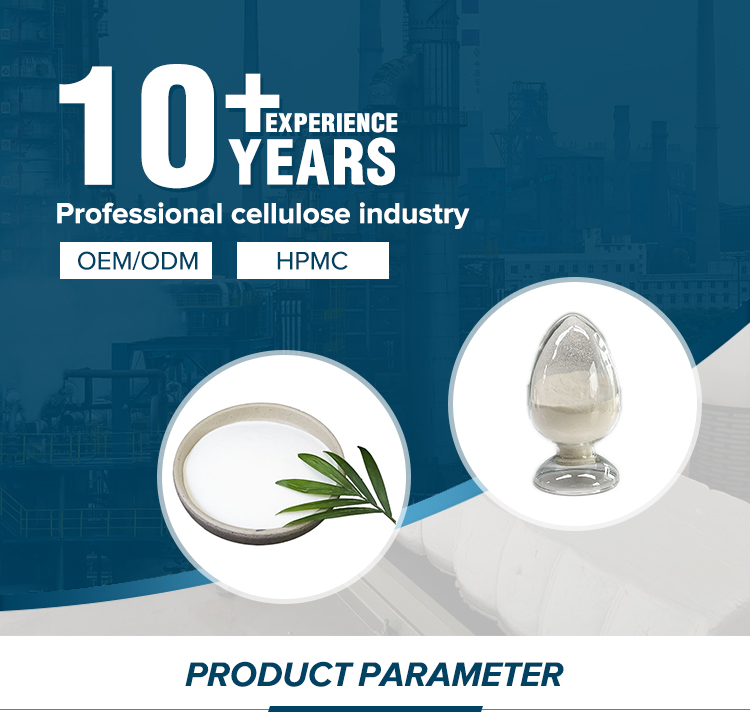
Introduction
Hydroxypropyl Methyl Cellulose (HPMC) has emerged as a critical component in modern construction materials, particularly in tile adhesives and plaster additives. This versatile chemical compound, produced by Shijiazhuang Gaocheng District Yongfeng Cellulose Co., Ltd., offers unparalleled performance in construction applications. In this article, we explore the features, advantages, technical specifications, and real-world applications of HPMC, highlighting its role in enhancing construction efficiency and durability.
What is Hydroxypropyl Methyl Cellulose (HPMC)?
Hydroxypropyl Methyl Cellulose, commonly abbreviated as HPMC, is a semi-synthetic polymer derived from cellulose. It is produced by etherifying highly purified cotton fibers under alkaline conditions. HPMC is renowned for its thickening ability, salt resistance, and excellent water retention properties. These characteristics make it an ideal additive for construction materials, particularly in cement mortars, ceramic tile adhesives, and gypsum slurry formulations.

Key Features of HPMC
- High Water Retention: HPMC ensures prolonged moisture retention in cementitious mixtures, preventing premature drying and improving workability.
- Excellent Adhesion: It enhances the bond strength between tiles and substrates, reducing the risk of delamination.
- Stable Performance: HPMC maintains its properties across a wide pH range, ensuring consistent performance in diverse construction environments.
- Improved Workability: The polymer’s viscosity-modifying properties enhance the flowability of cement mortars and adhesives.
- Environmental Safety: HPMC is non-toxic and biodegradable, aligning with modern sustainability goals in construction.
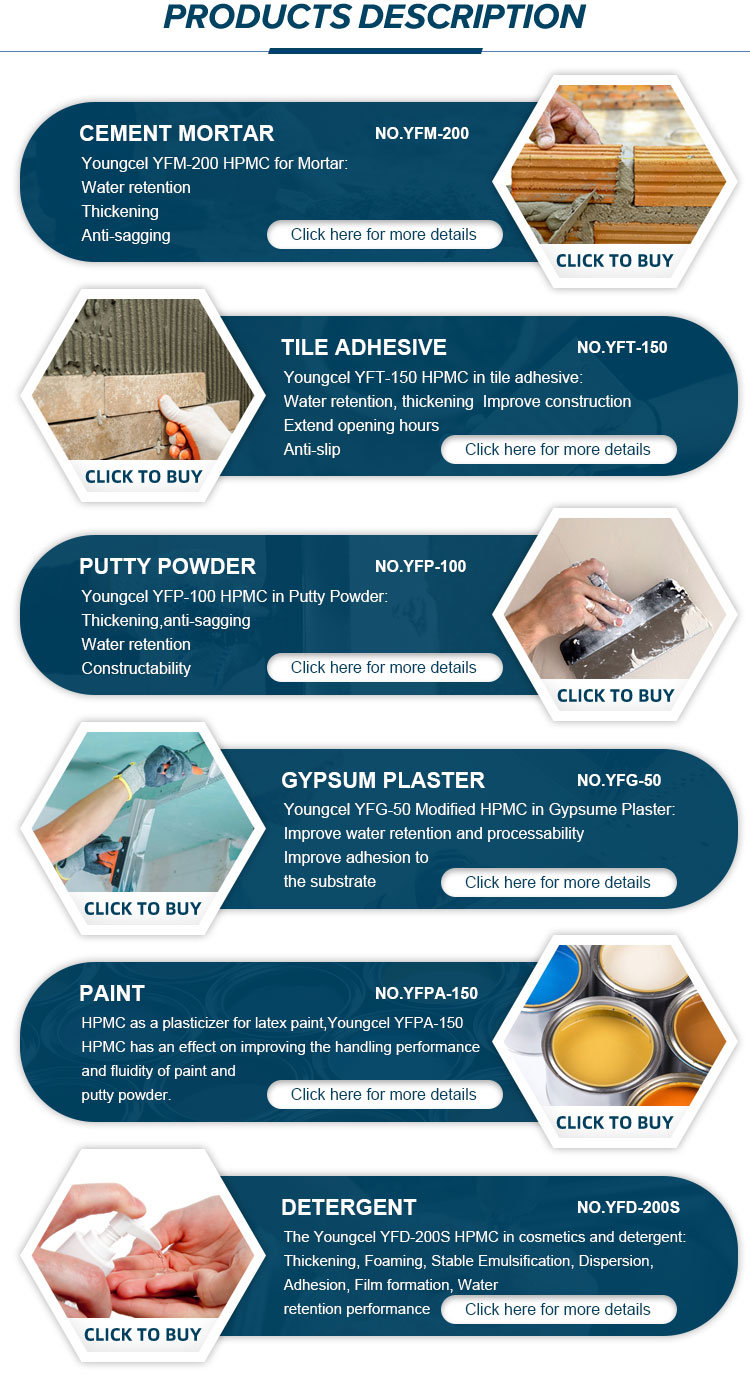
Technical Specifications
| Parameter | Specification |
|---|---|
| Appearance | Milky white or white powder |
| Carbonization Temperature | 280–300°C |
| Color Temperature | 190–200°C |
| Particle Size | 100 mesh (98.8% pass), 80 mesh (99.9% pass), 40–60 mesh (special specifications) |
| Apparent Density | 0.25–0.70 g/cm³ |
| Specific Gravity | 1.26–1.31 |
| Solubility | Soluble in water and certain solvents (e.g., ethanol/water, propanol/water) |

Applications in the Construction Industry
HPMC is widely used in various construction applications due to its unique properties. Below are some of its primary uses:
1. Cement Mortar
HPMC improves the workability and water retention of cement mortars, ensuring uniform consistency and reducing cracking. It is particularly beneficial in high-performance concrete and masonry applications.
2. Ceramic Tile Adhesive
As a key ingredient in tile adhesives, HPMC enhances the adhesion between tiles and substrates, even on uneven surfaces. This reduces the risk of tile detachment and ensures long-term durability.
3. Refractory Coatings
HPMC acts as a suspension agent and fluidity enhancer in asbestos and other refractory coatings. It improves the adhesion of coatings to substrates, making them more resistant to thermal stress.

4. Gypsum Coagulant Slurry
In gypsum-based products, HPMC enhances water retention and workability, ensuring smooth application and strong adhesion to substrates. This is critical for achieving optimal performance in drywall and plaster systems.
5. Joint Cement
HPMC is added to joint cements for gypsum boards to improve fluidity and water retention. This ensures even distribution of the cement and stronger bonding between panels.
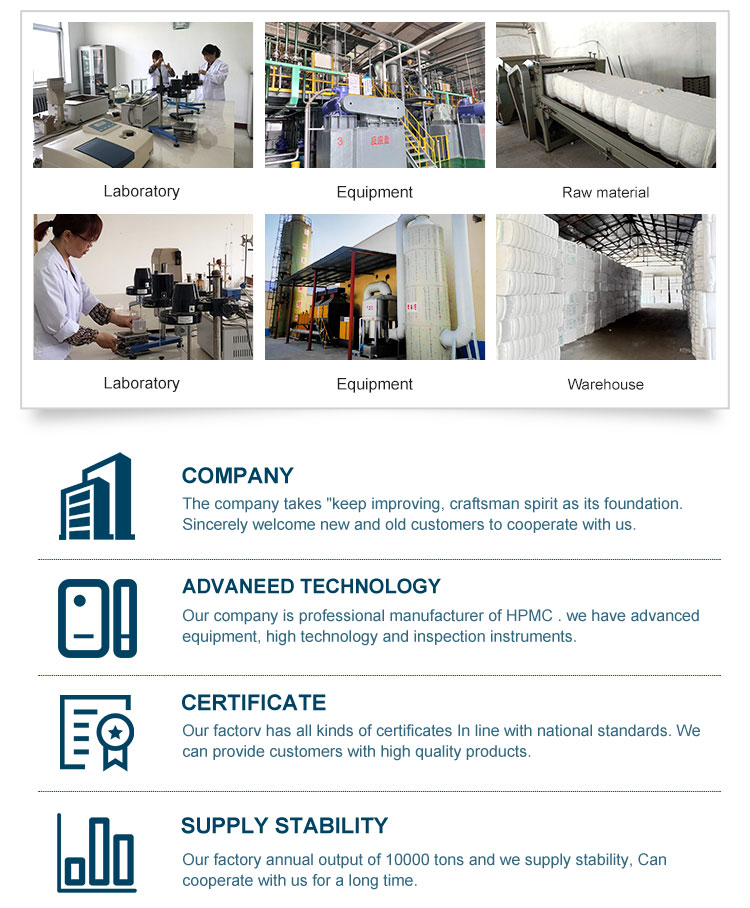
Company Background: Shijiazhuang Gaocheng District Yongfeng Cellulose Co., Ltd.
Shijiazhuang Gaocheng District Yongfeng Cellulose Co., Ltd. is a leading manufacturer of cellulose-based additives, specializing in the production of hydroxypropyl methyl cellulose (HPMC). With years of experience in the industry, the company has established itself as a reliable supplier of high-quality construction materials. Their commitment to innovation and sustainability ensures that their products meet the highest standards of performance and environmental responsibility.
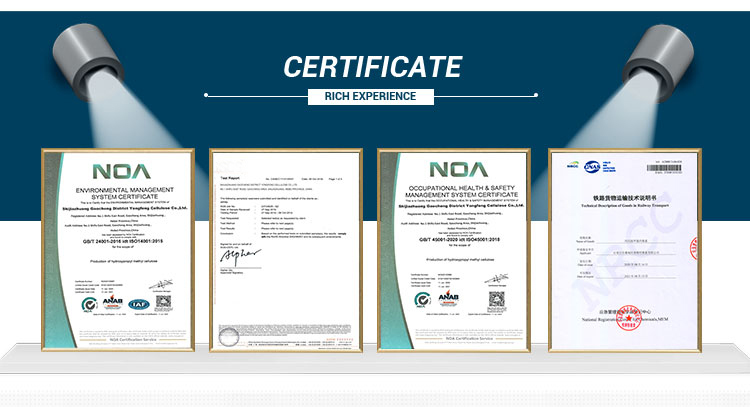
Advantages of Using HPMC in Construction
- Enhanced Workability: HPMC improves the flowability of cementitious mixtures, making them easier to apply and reducing labor costs.
- Increased Durability: By preventing moisture loss, HPMC ensures stronger and more durable construction materials.
- Cost-Effective: The improved performance of HPMC reduces the need for rework, saving time and resources.
- Compliance with Standards: HPMC meets international quality standards, ensuring its suitability for global construction projects.

Why Choose HPMC for Your Construction Projects?
HPMC is not just an additive—it’s a solution to common construction challenges. Its ability to enhance the performance of cement-based materials makes it indispensable in modern construction. Whether you’re working on residential, commercial, or industrial projects, HPMC offers a reliable and efficient way to achieve superior results.
Conclusion
Hydroxypropyl Methyl Cellulose (HPMC) is a vital component in the construction industry, offering unmatched performance in tile adhesives and plaster additives. With its exceptional water retention, adhesion, and workability, HPMC is a trusted choice for construction professionals worldwide. As a leader in cellulose-based additives, Shijiazhuang Gaocheng District Yongfeng Cellulose Co., Ltd. continues to innovate and deliver high-quality products that meet the evolving needs of the construction industry.
Authoritative Citations
While specific NIST standards for HPMC may not be directly available, the National Institute of Standards and Technology (NIST) provides comprehensive guidelines for construction materials and chemical additives. For further information, visit the NIST website to explore their research on construction materials and chemical standards.
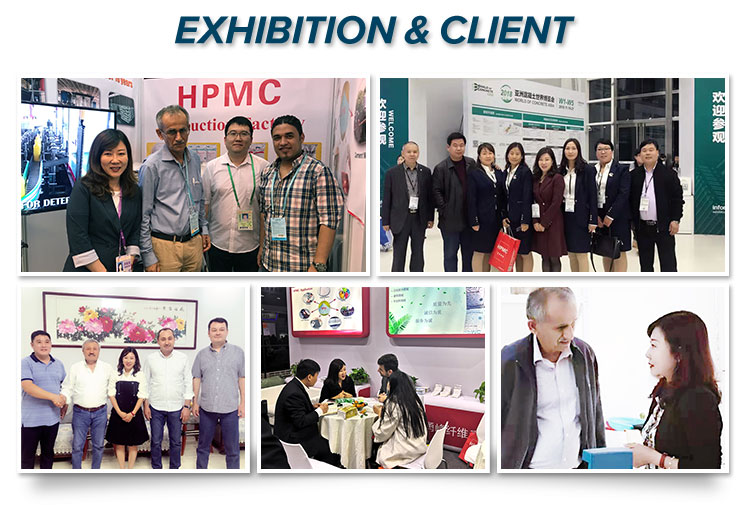
Additional Resources
- HPMC Product Page
- Tile Adhesive HPMC Details
- Shijiazhuang Gaocheng District Yongfeng Cellulose Co., Ltd.


-
Understanding Methyl 2 Hydroxyethyl Cellulose: Uses, Benefits & Industry InsightsNewsNov.24,2025
-
Hydroxyethyl Methyl Cellulose HEMC: Industrial Uses, Benefits & Future TrendsNewsNov.23,2025
-
HEMC Cellulose: Versatile & Sustainable Industrial Polymer | YoungcelNewsNov.23,2025
-
Methyl Hydroxyethyl Cellulose: Versatile Building Block for Industry & SustainabilityNewsNov.23,2025
-
CAS 9032 42 2: Understanding Polyvinyl Alcohol's Impact on Industry & SustainabilityNewsNov.22,2025
-
Hydroxyethyl Methyl Cellulose: Versatile Solutions for Modern Industry and SustainabilityNewsNov.22,2025




